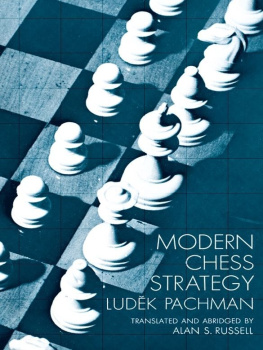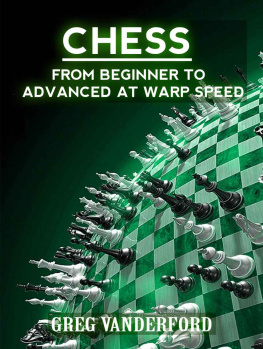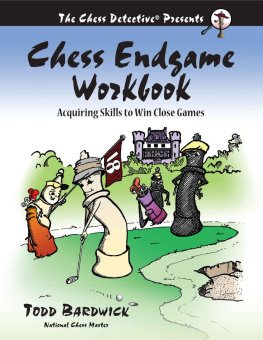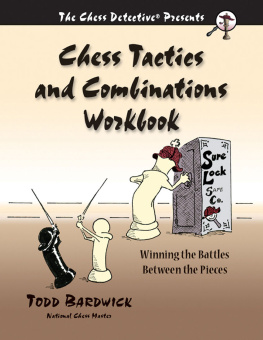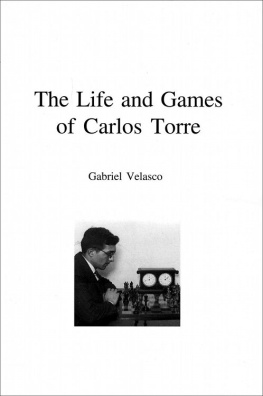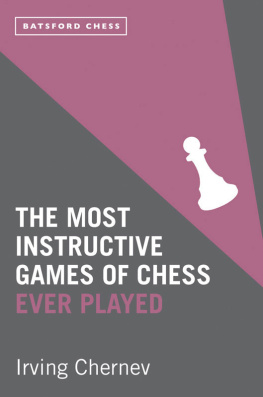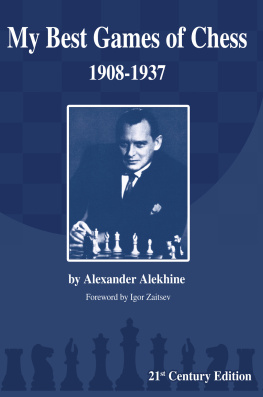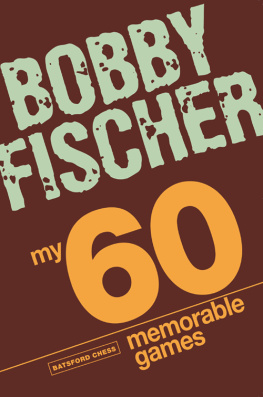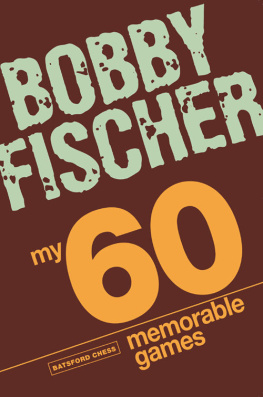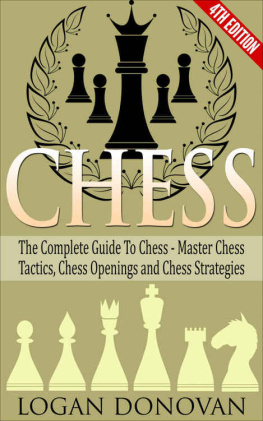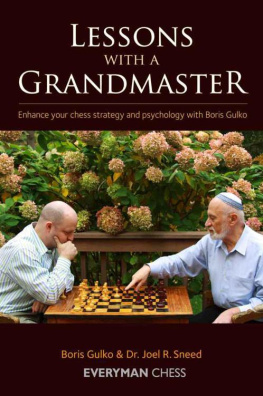Ludek Pachman - Modern Chess Strategy
Here you can read online Ludek Pachman - Modern Chess Strategy full text of the book (entire story) in english for free. Download pdf and epub, get meaning, cover and reviews about this ebook. year: 1971, publisher: Dover Publications, genre: Children. Description of the work, (preface) as well as reviews are available. Best literature library LitArk.com created for fans of good reading and offers a wide selection of genres:
Romance novel
Science fiction
Adventure
Detective
Science
History
Home and family
Prose
Art
Politics
Computer
Non-fiction
Religion
Business
Children
Humor
Choose a favorite category and find really read worthwhile books. Enjoy immersion in the world of imagination, feel the emotions of the characters or learn something new for yourself, make an fascinating discovery.
- Book:Modern Chess Strategy
- Author:
- Publisher:Dover Publications
- Genre:
- Year:1971
- Rating:3 / 5
- Favourites:Add to favourites
- Your mark:
Modern Chess Strategy: summary, description and annotation
We offer to read an annotation, description, summary or preface (depends on what the author of the book "Modern Chess Strategy" wrote himself). If you haven't found the necessary information about the book — write in the comments, we will try to find it.
Ludk Pachman, a Czech grandmaster, has long had an international reputation as a chess theorist, but until now his work has not been available in English. This present volume, which condenses his great Modern Schachstrategie, presents his ideas and theories in a form that the English-speaking world can assimilate easily. Beginning with basic concepts and the rules of the minor and major pieces, it covers the use of the Queen, the active King, exchanges, various kinds of Pawns, the center and its use, superiority on the wings, minority attack, strategical points and weak squares, methods of attack and defense, and similar topics. Pachman elaborates the various kinds of strategy that can be employed, and shows how each leads to tactical opportunities. It has been said that his section on the Rook alone make his book indispensable to the serious chess player, since the Rook is so important in both middle and endgames.
Pachman presents his method in the form of a thorough, systematic, analytical text, which draws upon scores of great games for exemplification. Both classical and very recent masters are included, although stress is on the moderns: Capablanca, Alekhine, Dr. Lasker, Rubinstein, Nimzovich, Botvinnik, Reshevsky, Bronstein, Smyslov, and Spasski.
Ludek Pachman: author's other books
Who wrote Modern Chess Strategy? Find out the surname, the name of the author of the book and a list of all author's works by series.

